The name for stamp collecting, also known as philately, involves the collection and study of postage stamps and related materials. This hobby encompasses a wide range of activities, from acquiring stamps to researching their historical context. Collectors often focus on specific themes, countries, or time periods. Philately reflects the scholarly aspect of the hobby. It is not merely about amassing stamps but also understanding their significance.
Historical Background & Evolution
The history of stamp collecting dates back to the mid-19th century. The first postage stamp, the Penny Black, was issued in the United Kingdom in 1840. This event marked the beginning of modern postal systems and sparked interest in stamp collection. Early stamp collectors were often wealthy individuals who could afford to purchase rare stamps. Over time, the hobby became more accessible to the general public.
Popularity & Cultural Significance
Stamp collecting gained widespread popularity in the late 19th and early 20th centuries. It became a global phenomenon, attracting enthusiasts from various backgrounds. The hobby’s appeal lies in its educational and cultural value. Stamps often depict historical events, famous personalities, and cultural symbols. Collectors gain insights into different countries and their histories. Philately underscores the intellectual pursuit involved in the hobby. Philatelists often engage in detailed research and documentation.
Philately also has a social aspect, bringing together individuals with shared interests. Collectors often participate in clubs, exhibitions, and online forums. These platforms provide opportunities for networking, trading, and learning. It is widely recognized in these communities, and it serves as a common term that unites enthusiasts worldwide.
The hobby has also influenced popular culture. Stamps have appeared in literature, films, and art. They are often used as symbols of communication and history. Philately is sometimes referenced in these contexts. This highlights the hobby’s broader cultural impact.
Technological advancements have further transformed stamp collecting. Digital tools and online resources have made it easier to access information and connect with other collectors. Philately remains relevant in this digital age. It continues to represent the scholarly and communal aspects of the hobby.
Despite changes over time, the core appeal of stamp collecting remains the same. It offers a unique blend of education, culture, and social interaction. The name for stamp collecting, philately, encapsulates these elements. It is a term that has stood the test of time, reflecting the enduring nature of the hobby.
The Term For Stamp Collecting
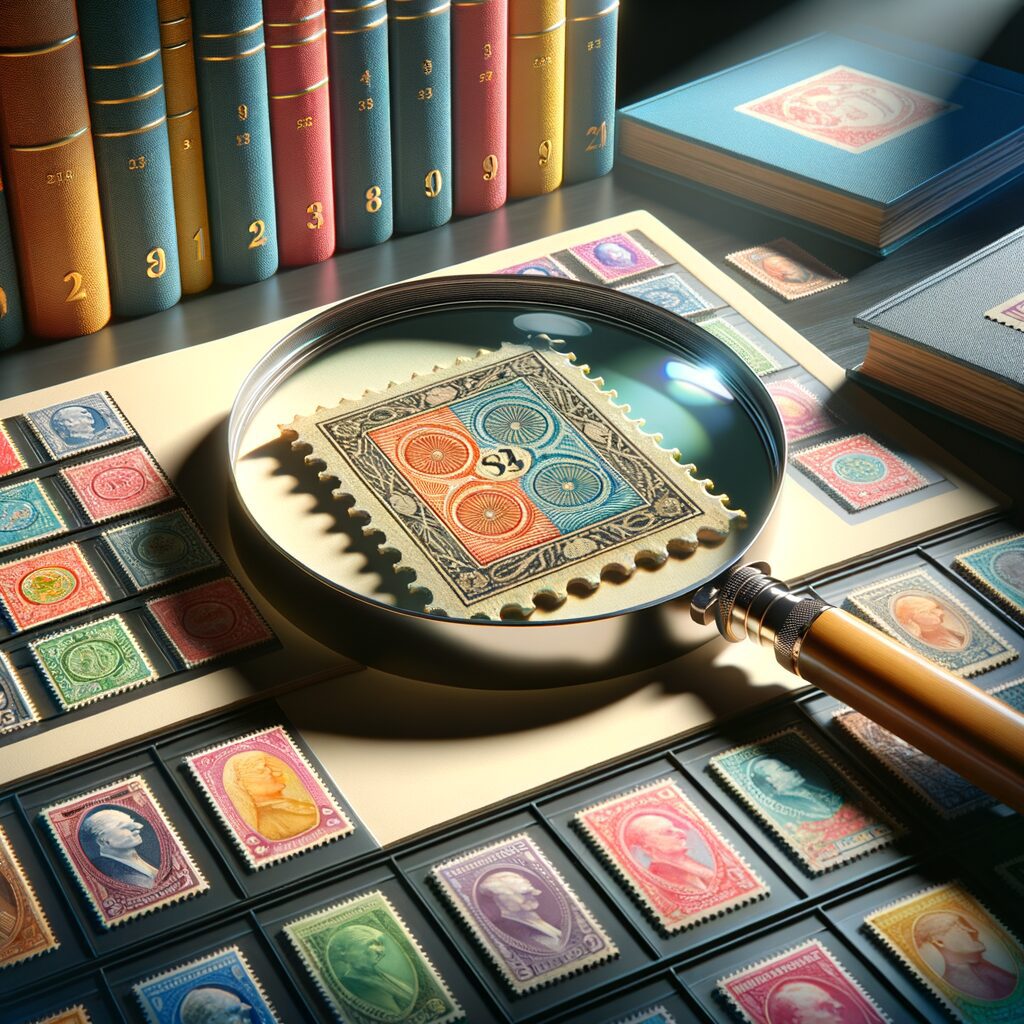
The term “philately” was first introduced by Georges Herpin in 1864. Herpin was a French philatelist who sought a term to describe the study and collection of stamps. Before this, the hobby was often referred to as “timbromania” or “timbrophily.” Herpin combined the Greek words “philos,” meaning “love,” and “ateleia,” meaning “exempt from tax.” This etymology reflects the original purpose of stamps, which was to prepay postal fees, thus exempting the recipient from payment. The term quickly gained acceptance among collectors and scholars.
Etymology & Linguistic Roots
The word “philately” is derived from Greek roots. “Philos” translates to “love” or “affection,” indicating a passion for the subject. “Ateleia” means “exemption from tax,” referring to the prepaid nature of postage stamps. This combination effectively captures the essence of the hobby. The term is linguistically precise and conveys both the emotional and functional aspects of stamp collecting. It has been adopted in multiple languages, maintaining its original meaning and pronunciation. This linguistic consistency has helped standardize the terminology across different cultures.
How The Name Gained Acceptance
The acceptance of the term “philately” was facilitated by its introduction in philatelic literature. Early adopters included prominent collectors and scholars who published articles and books using the term. Philatelic societies and clubs also played a crucial role in popularizing the term. These organizations often used “philately” in their names and official communications. The term was further legitimized by its inclusion in dictionaries and encyclopedias. Over time, it became the standard term for the hobby, replacing earlier, less precise terms.
The Role Of Philatelic Societies
Philatelic societies were instrumental in promoting the term “philately.” These organizations provided a platform for collectors to share knowledge and resources. They often published journals and newsletters that used the term consistently.
This helped establish “philately” as the accepted terminology within the community. Societies also organized exhibitions and events, further disseminating the term. Their endorsement lent credibility to the term and facilitated its widespread adoption.
Influence Of Philatelic Literature
Philatelic literature has significantly contributed to the acceptance of the term “philately.” Early philatelic publications frequently used the term, helping to standardize its usage. Authors and editors played a key role in promoting the term through their works. These publications often included articles on the history and etymology of the term, educating readers about its origins. The consistent use of “philately” in literature helped reinforce its acceptance among collectors and scholars.
Global Adoption & Standardization
The term “philately” has been widely adopted across the globe. It is used in various languages, often retaining its original form. This global adoption has helped standardize the terminology, making it easier for collectors to communicate. International philatelic organizations also use the term, further promoting its acceptance. The widespread use of “philately” has facilitated cross-cultural exchanges and collaborations within the hobby. It has become a universally recognized term, symbolizing the scholarly and passionate aspects of stamp collecting.
Different Aspects Of Philately
Philately encompasses a wide variety of stamps, each with unique characteristics. Collectors often specialize in specific types, such as definitive, commemorative, or airmail stamps. Definitive stamps are issued for everyday postal use and are usually available for extended periods. Commemorative stamps, on the other hand, are issued to honor significant events, people, or anniversaries. Airmail stamps are specifically designed for air postal services. The name for stamp collecting, philately, covers all these types, reflecting the hobby’s diverse nature.
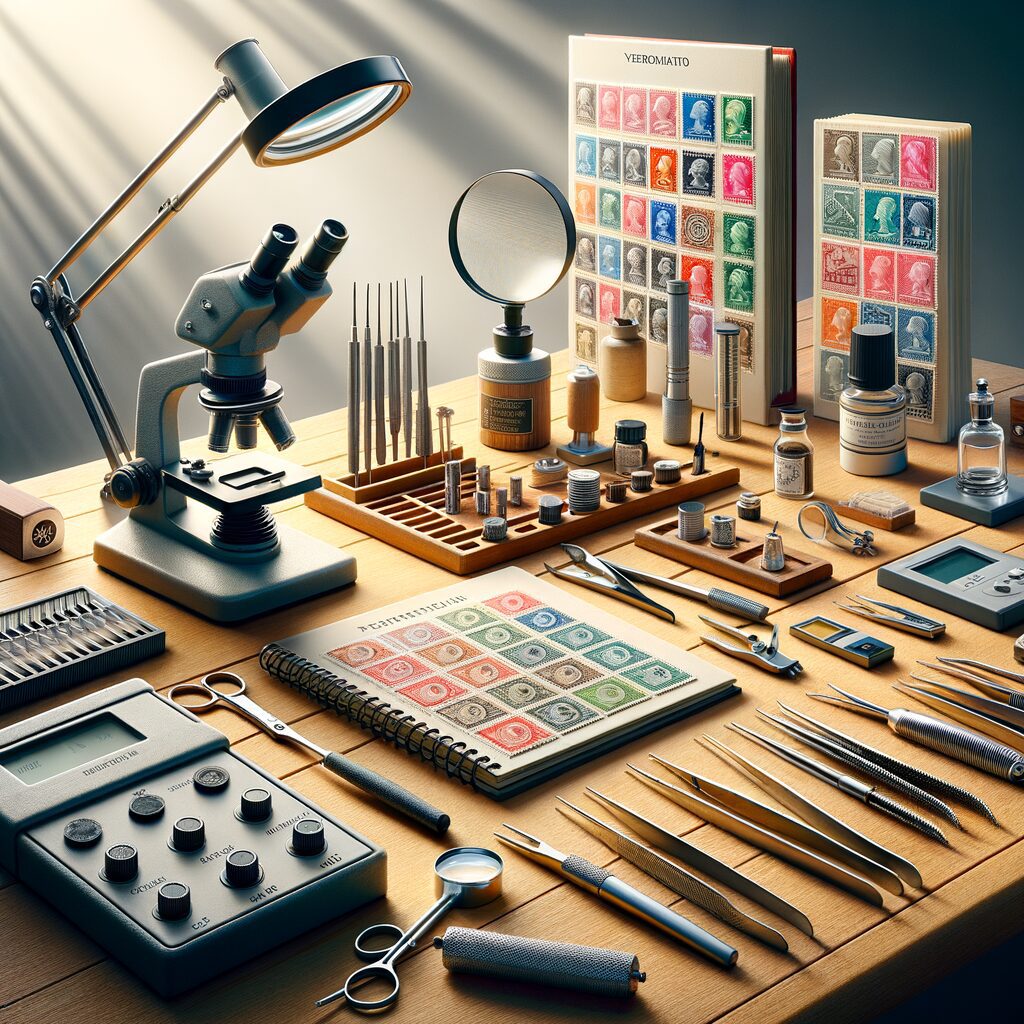
Themes & Specializations
Many collectors focus on thematic collections, choosing stamps based on specific subjects or themes. Popular themes include animals, sports, historical events, and famous personalities. Some collectors specialize in stamps from particular countries or regions. Others may focus on stamps from a specific time period, such as the Victorian era. Philately, the name for stamp collecting, allows for these varied interests, accommodating a wide range of specializations. This thematic approach adds a layer of personal interest and engagement to the hobby.
Tools & Accessories Used By Collectors
Philatelists use various tools and accessories to enhance their collecting experience. Stamp tongs, magnifying glasses, and perforation gauges are commonly used for handling and examining stamps. Stamp albums and stock books provide organized storage solutions.
Protective mounts and hinges help preserve the condition of stamps. Catalogs and reference books offer valuable information on stamp identification and valuation. Philately encompasses the use of these specialized tools, highlighting the hobby’s meticulous nature.
Stamp Tongs & Magnifying Glasses
Stamp tongs are essential for handling stamps without causing damage. They come in various shapes and sizes, designed to grip stamps gently. Magnifying glasses help collectors examine fine details, such as printing errors or watermarks. These tools are fundamental to the practice of philately. Philately implies a level of precision and care, which these tools facilitate.
Albums & Stock Books
Stamp albums and stock books are crucial for organizing and displaying collections. Albums often feature pre-printed pages with spaces for specific stamps. Stock books have clear pockets that allow for flexible arrangement. Both options provide a safe environment for stamps, protecting them from damage. It includes the use of these organizational tools, emphasizing the importance of proper storage.
Protective Mounts & Hinges
Protective mounts and hinges are used to affix stamps to album pages. Mounts are plastic sleeves that encase the stamp, offering protection while allowing visibility. Hinges are small, gummed strips that attach the stamp to the page. Both methods have their advantages and are widely used in philately. Philately reflects the need for such protective measures, ensuring the longevity of collections.
Catalogs & Reference Books
Catalogs and reference books provide essential information for identifying and valuing stamps. They often include images, descriptions, and pricing details. These resources are invaluable for both novice and experienced collectors. The name for stamp collecting, philately, encompasses the use of these educational materials, highlighting the hobby’s scholarly aspect. Collectors rely on these references to authenticate and appraise their collections, adding an element of research and study to the hobby.
Community & Organizations
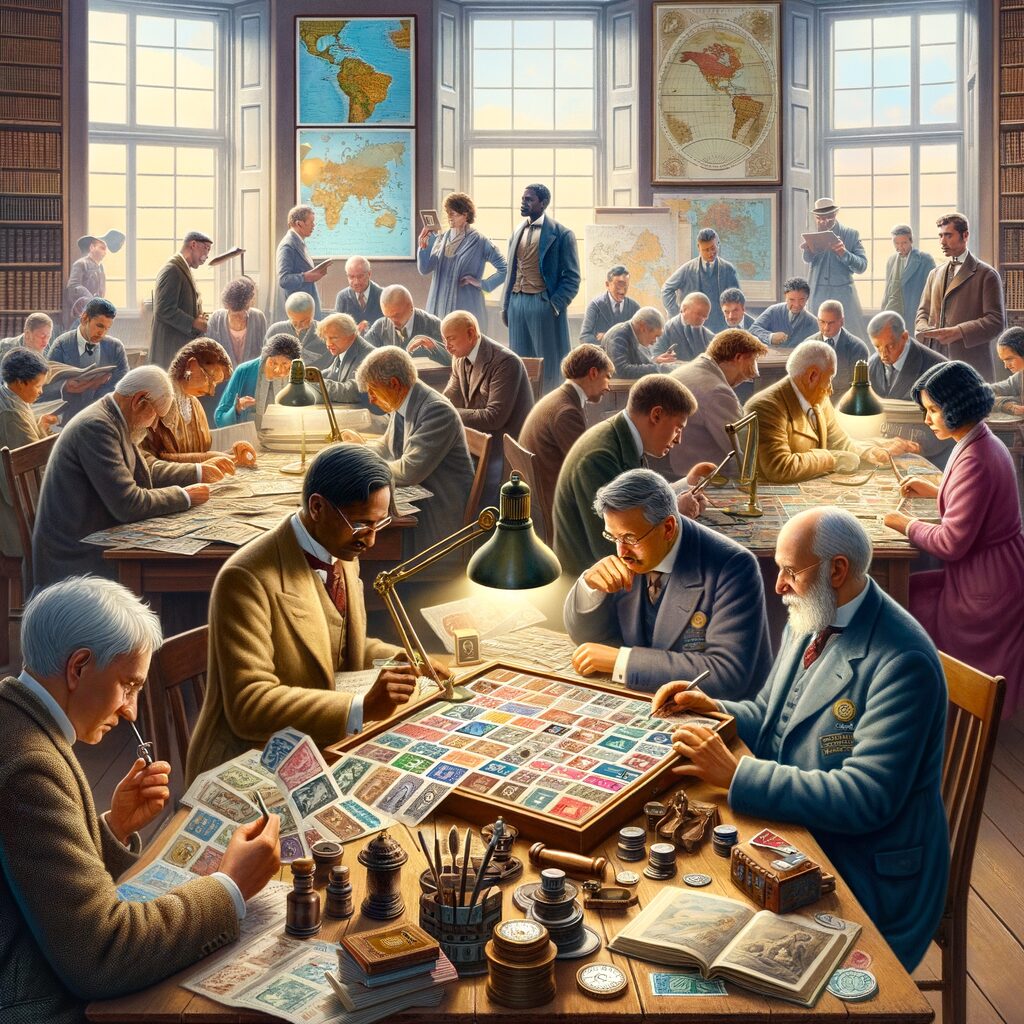
Philatelic societies and stamp clubs play a significant role in the stamp collecting community. These organizations provide a platform for collectors to share knowledge and resources. The American Philatelic Society (APS) is one of the largest and oldest societies, founded in 1886. It offers a range of services, including a library, expertizing, and educational programs. The Royal Philatelic Society London (RPSL), established in 1869, is another prominent organization. It is known for its extensive library and research facilities. These societies often publish journals and newsletters, keeping members informed about the latest developments in philately.
Events & Exhibitions
Philatelic events and exhibitions are crucial for fostering community engagement. These gatherings offer collectors the opportunity to display their collections and learn from others. National and international exhibitions, such as the World Stamp Show and London 2022, attract thousands of participants. These events often feature competitive exhibits, where collectors can earn awards and recognition. Workshops and seminars are also common, providing educational opportunities for attendees. Local clubs frequently organize smaller events, such as stamp fairs and swap meets. These gatherings help build a sense of community among collectors.
Online Communities & Resources
The advent of the internet has transformed the stamp collecting community. Online forums and social media groups provide a space for collectors to connect and share information. Websites like Stamp Community Forum and The Stamp Collecting Forum are popular among enthusiasts. These platforms offer discussion boards, image galleries, and trading sections. Online auctions and marketplaces, such as eBay and Delcampe, have also become essential resources. They allow collectors to buy and sell stamps from the comfort of their homes. Digital libraries and databases provide easy access to philatelic literature and research materials.
Role Of Philatelic Libraries
Philatelic libraries are invaluable resources for collectors and researchers. These libraries house extensive collections of books, journals, and catalogs. The American Philatelic Research Library (APRL) is one of the largest, with over 23,000 volumes. It offers both physical and digital access to its materials.
The Royal Philatelic Society London also maintains a comprehensive library, available to members and researchers. These libraries often collaborate with other institutions, facilitating the exchange of information and resources. They play a crucial role in advancing philatelic knowledge and scholarship.
Educational Programs & Workshops
Educational programs and workshops are essential for nurturing new collectors and advancing the skills of experienced ones. Many philatelic societies offer courses on various aspects of stamp collecting. Topics range from basic identification to advanced research techniques. Workshops often include hands-on activities, such as stamp mounting and cataloging. These programs are designed to be accessible to collectors of all levels. They provide valuable learning opportunities and help foster a deeper appreciation for the hobby. Educational initiatives also extend to schools and youth programs, encouraging the next generation of collectors.
Networking & Collaboration
Networking and collaboration are key components of the philatelic community. Collectors often form partnerships to share resources and expertise. Collaborative research projects are common, leading to new discoveries and publications. Philatelic societies and clubs facilitate these connections through meetings and events. Online platforms also play a significant role in fostering collaboration. Collectors can easily communicate and share information, regardless of geographical location. This interconnectedness strengthens the community and enhances the overall collecting experience.
Benefits & Challenges
Stamp collecting offers significant educational and historical benefits. Collectors gain insights into various cultures, historical events, and notable personalities. Each stamp serves as a miniature historical document, providing a glimpse into a specific time and place. Philately, the name for stamp collecting, underscores the scholarly nature of the hobby. Collectors often engage in detailed research, enhancing their knowledge in diverse fields such as geography, politics, and art. Educational institutions sometimes incorporate philately into their curricula, recognizing its value as a learning tool.

Investment Potential
Philately also has investment potential, attracting those interested in the financial aspects of collecting. Rare and valuable stamps can appreciate over time, offering a potential return on investment. Auctions and private sales often feature high-value stamps, drawing interest from collectors and investors alike. Philately includes this investment dimension, acknowledging the financial considerations involved. However, it is essential to approach stamp collecting primarily as a hobby, with investment as a secondary benefit. Market fluctuations and the condition of stamps can significantly impact their value.
Common Challenges Faced By Collectors
Despite its many benefits, stamp collecting presents several challenges. One of the primary challenges is the risk of forgery and counterfeit stamps. Collectors must be vigilant and knowledgeable to avoid acquiring fake items. Expertizing services offered by philatelic societies can help authenticate stamps, providing peace of mind. Another challenge is the preservation of stamps, which requires proper storage and handling. Environmental factors such as humidity and light can damage stamps, reducing their value. Collectors must invest in quality storage solutions to protect their collections.
Accessibility & Cost
The cost of acquiring stamps can also be a barrier for some collectors. Rare and high-demand stamps can be expensive, limiting access for those with smaller budgets. However, many affordable options are available, allowing collectors to build meaningful collections without significant financial outlay.
The name for stamp collecting, philately, encompasses both high-end and budget-friendly collecting, making the hobby accessible to a wide audience. Online platforms and auctions have further democratized access, enabling collectors to find stamps that fit their budgets.
Time & Commitment
Stamp collecting requires a considerable investment of time and commitment. Cataloging, researching, and maintaining a collection can be time-consuming activities. Collectors must be prepared to dedicate time to these tasks to fully enjoy the hobby.
This commitment can be rewarding, offering a sense of accomplishment and personal satisfaction. However, it is essential to balance the hobby with other responsibilities to avoid burnout.
Social & Community Aspects
The social and community aspects of philately can also present challenges. While many collectors enjoy the camaraderie of philatelic societies and clubs, others may find it difficult to connect with like-minded individuals. Online communities can help bridge this gap, offering a platform for interaction and support. The name for stamp collecting, philately, includes these social dimensions, highlighting the importance of community in the hobby. Engaging with other collectors can enhance the overall experience, providing opportunities for learning and collaboration.
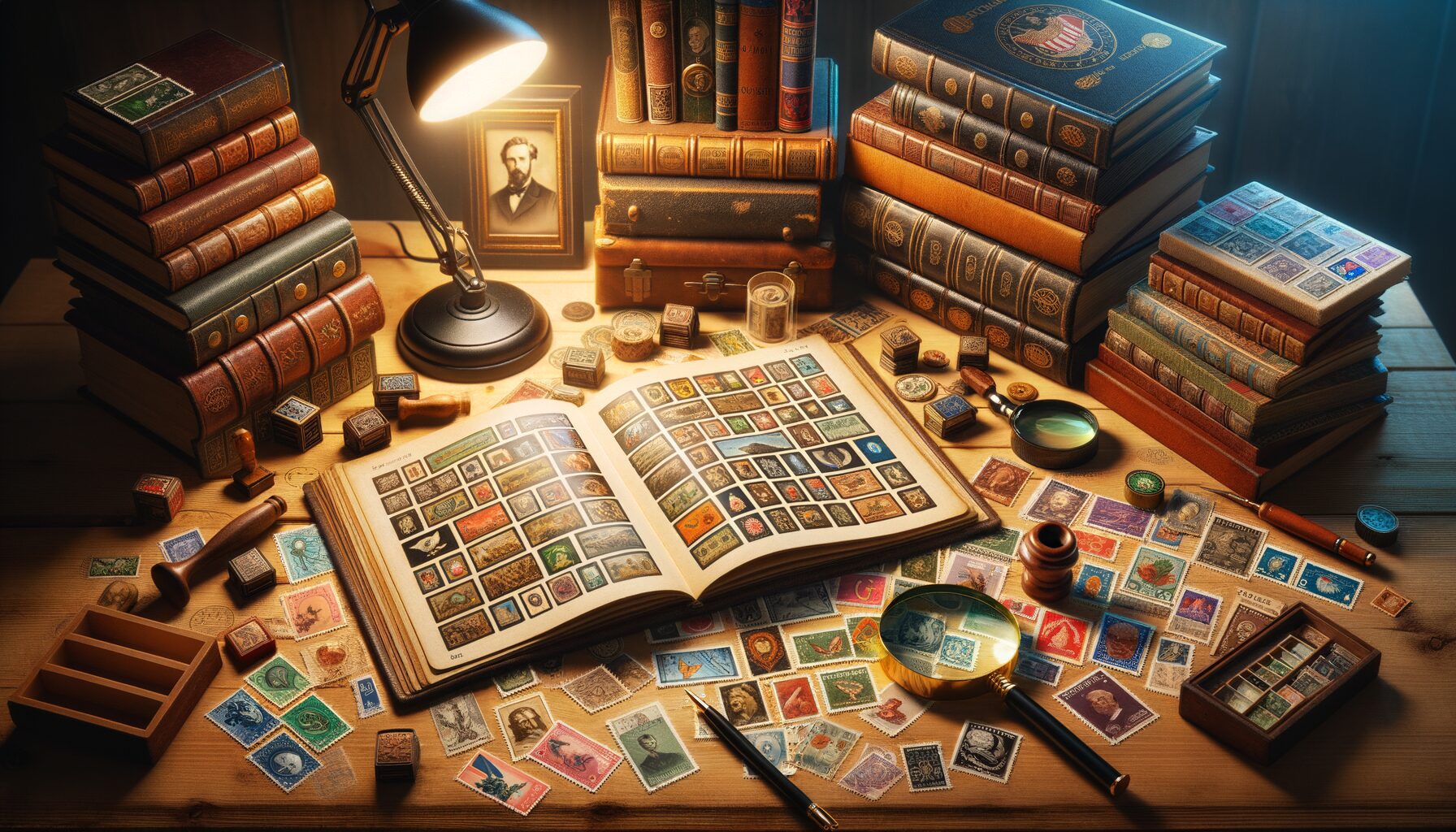


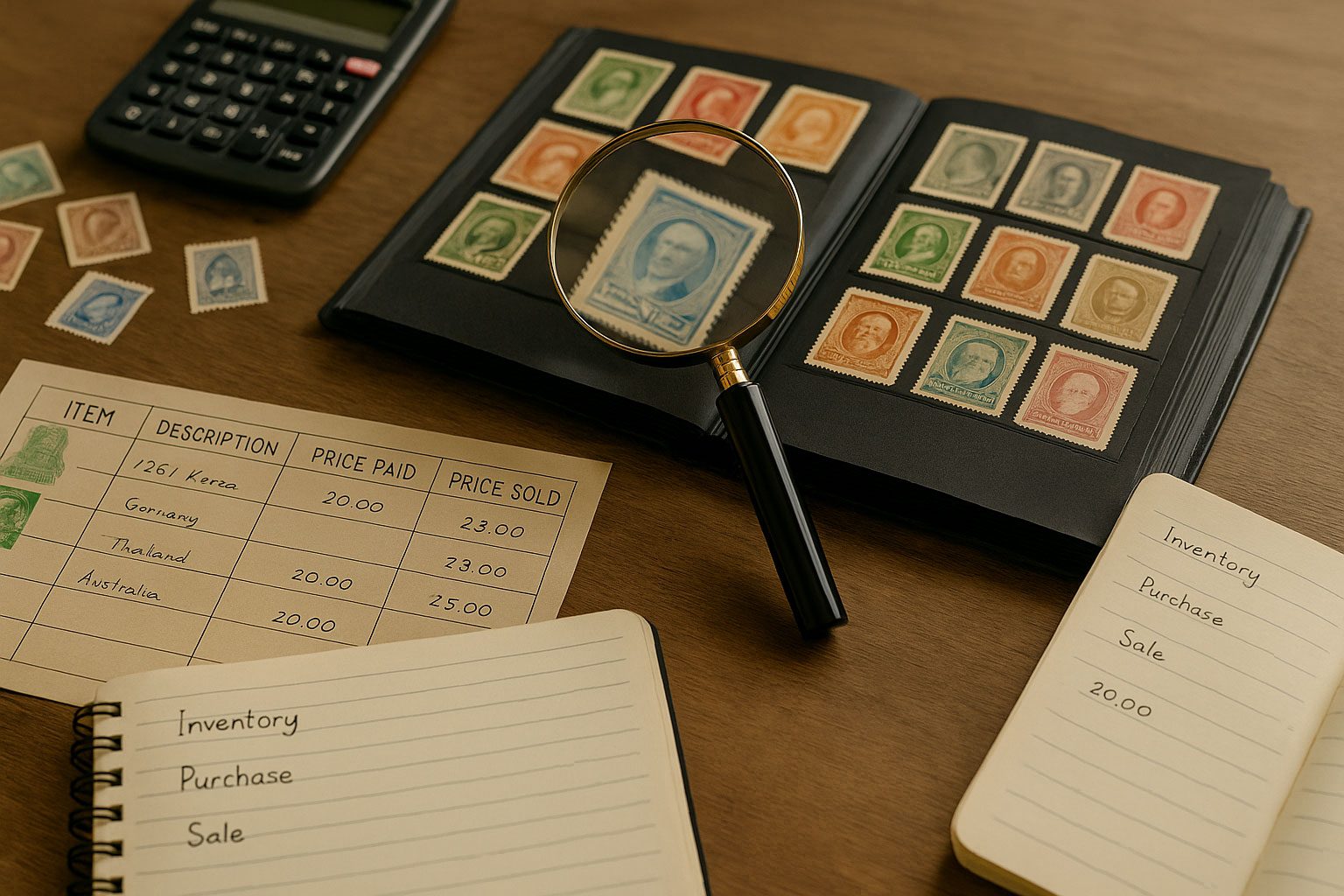
Leave a Reply